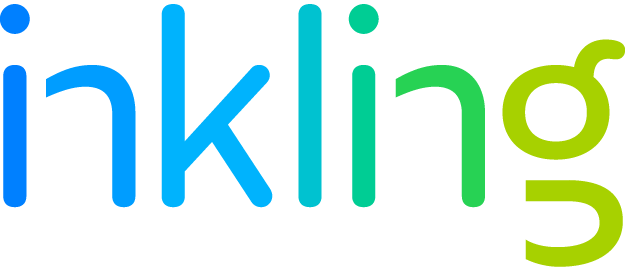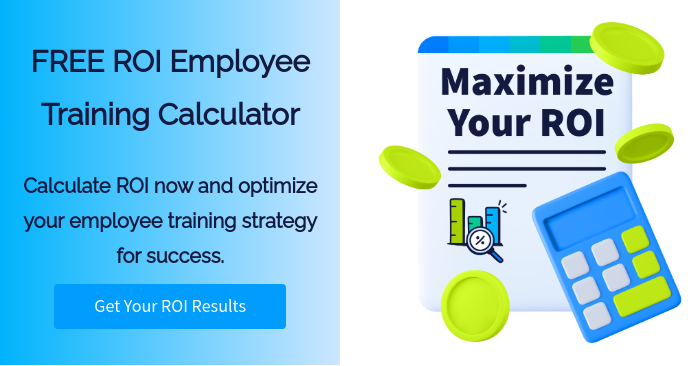Learning and Development Philosophy: Developing an Approach

Does this sound like a familiar scenario? Your marketing team has developed a new promotion and informs you about it two weeks before it launches. They are so excited about it, and they want your help in training employees on how to communicate it to and offer it to customers. You sigh as you realize that you’re in reaction mode once again. You’ve got to scramble to put together training content so you can get it out to employees with enough time for them to digest it and be knowledgeable during customer conversations. You also know marketing is going to want to see results. You cross your fingers and hope that what you end up slapping together will be effective. Why does this keep happening?
Dr. John Zurovchak, Ph.D. and Head of Global Training and Strategy at Restaurant Brands International, Inc. (RBI), asserts that what you need is a formal learning and development philosophy and methodology. But before you shake your head and say you don’t have time, John puts forth a convincing rationale as to why it will not only solve your fire drill problems, but will also help you develop a high-impact learning organization.
Do you have a learning and development philosophy strategy?
Most L&D organizations are reactive and are often brought in too late, which makes it difficult to be effective. You may be doing excellent work in producing materials and getting people trained but you know you could be doing so much more. John recommends being mindful and purposeful in developing a learning and development strategy and an overall employee training philosophy. Without a strategy, you will continue to be stuck on the treadmill of reaction.
What does your organization think about L&D?
Your learning and development philosophy is simply the way your organization thinks about L&D. That may sound obvious to you, but John says that it’s not always obvious to the rest of your company and your cross-functional teams. Formalizing and communicating this philosophy ensures that everyone is on the same page about the importance of L&D to critical programs, initiatives, products/services, launches, etc. across your company.
John offers the framework of the L&D philosophy at his company as an example:
Pillar 1
Apply the science of learning: understand the most effective ways that people can be trained like interleaving or mixing different forms of training to facilitate learning.
Pillar 2
Leverage positive psychology: understand how the brain operates to encourage changes in behavior, the disposition toward the environment, and the ability to learn. Science shows that when people feel positive, they retain more information when they learn.
Pillar 3
Use behavioralism: individual, observable behaviors that can be quantified and measured across proficiency.
Pillar 4
Rely on methodology: having a formal, repeatable process for training and learning.

What is your L&D process?
In the realm of Learning and Development (L&D), having a well-defined philosophy and methodology is the linchpin that transforms training initiatives from mere activities into strategic drivers of organizational success. John, a seasoned professional in the field, provides invaluable insights into crafting an effective L&D process that not only resonates with cross-functional teams but also ensures the seamless initiation and implementation of training and learning programs.
1. Demystifying the L&D Process:
- John dispels the anxiety often associated with the term “methodology” within cross-functional teams. He advocates for framing it as a repeatable process, a systematic approach to training initiation and implementation. This is a crucial communication strategy, emphasizing transparency and demystifying the intricacies of the L&D process for all stakeholders.
2. Business Readiness:
- A fundamental pillar of John’s L&D methodology is ensuring business readiness. For any L&D program to succeed, teams must be informed about upcoming changes. Communicating the what, why, and when of training initiatives sets the stage for active engagement and collaboration. This phase is about preparing the ground, aligning the organization with the imminent learning journey.
3. Training Strategy and Deliverables:
- At the heart of L&D programs lies the content—the training strategy and deliverables. John rightly highlights the importance of this core element, acknowledging that many organizations are already proficient in this area. Nevertheless, continuous refinement and alignment of content with organizational goals are imperative. This is where the organization’s unique value proposition is communicated, and employees acquire the skills and knowledge vital for success.
4. Role-Based Support:
- John introduces a strategic layer by emphasizing the significance of role-based support. It’s not just about the employees undergoing training; it’s about ensuring that those around them are aware and equipped to provide support. Designing materials tailored for supervisors and managers enhances the overall efficacy of the training program. This holistic approach ensures that the entire ecosystem surrounding the employees being trained is attuned to the learning objectives.
5. Measure Success:
- John’s L&D organization employs Kirkpatrick’s Four-Level Training Evaluation model to measure success. Defining what success looks like and establishing measurable indicators for change are integral components. This commitment to measurement underscores the strategic nature of the L&D process—transforming it from a subjective initiative to an evidence-based driver of organizational growth.
6. Tailoring to Fit:
- A crucial takeaway from John’s insights is the acknowledgment that the presented philosophy and methodology are just one example. The emphasis is on customization to fit the unique dynamics of each team and organization. This recognition of diversity underlines the need for flexibility in L&D approaches. A one-size-fits-all model does not resonate; instead, adaptability is key to effectiveness.
7. Impact vs. Reaction:
- The crux of John’s message is that a formal learning and development philosophy and methodology are not just bureaucratic requisites; they are the differentiators between reacting to challenges and proactively impacting organizational success. The structured approach ensures that L&D becomes a strategic enabler, aligning with business objectives and contributing to the overall growth trajectory.
A key takeaway that John emphasizes is the learning and development philosophy and methodology his organization uses is just one example—it’s vital that whatever you use is designed to fit your team and organization. The bottom line, however, is having a formal learning and development philosophy and methodology will be the difference between reacting and impacting.


